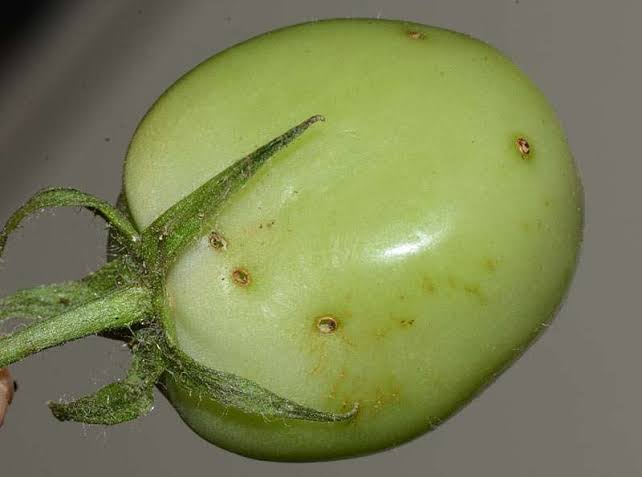
By George Munene
According to the government, expensive feeds and poor quality fingerlings leave Kenya well short of meeting it's domestic fish consumption needs.
Fisheries Principal Secretary Francis Owino said this has delayed implementation of the Sh15 billion Aquaculture Business Development Programme which was meant to increase local fish production by over 60 per cent.
Kenya signed a financing agreement in 2017 with the International Fund for Agricultural Development (IFAD) to finance the Aquaculture Business Development Programme.
Related News: Kenyan start-up reduces fishing costs by a quarter with electric boats
Related News: Catfish farmers opt for concrete ponds to curb cannibalism
The project sought to increase fish production from the current 400,000 metric tonnes annually to at least 600,000 metric tonnes.
With each farmer currently estimated to produce an average of 50kgs annually the government admits the programme is well behind schedule.
Nick Hutchison, Unga Group Limited Managing Director pointed to exorbitant taxes imposed on food production as one of the reasons for expensive feeds. He further noted that fish and animal feeds are far cheaper in Kenya's neighbours.
This has meant that despite fish farming's obvious potential, most farmers have been unable to bear the cost of quality feed to boost their fish farming enterprises.
Along with lowering the taxes levied on feed producers, Hutchison offered that with guidance from the requisite technical bodies the country can allow production of GMO foods which will lower food costs.
To reduce the costs associated with fish farming, The Kenya Marine and Fisheries Research Institute (KMFRI) advise farmers to incorporate Black Soldier Fly larvae as an alternative animal-based protein ingredient in local fish feed formulations. This is done with assistance from KMFRI with the larvae replacing omena (fishmeal), the main ingredient in fish diets.
Related News: Kenya facing 360M kilogram fish deficit
“Cost associated with fish feeds is key in determining whether farmers will stay in business. Fish feeds take over 50 per cent of the total operational costs and farmers must get it right,” said Aquaculture nutrition research scientist Dr Munguti.“
Kenya's 2019 budget policy statement, estimated the country's fish demand to be 500,000 tonnes. The numbers of fish captured from natural water bodies have been on a steady yearly decline owing to overfishing, illegal fishing, and cold weather necessitating a move to boost the reserves of farmed fish in the country.
















Comments powered by CComment